8. The Witch
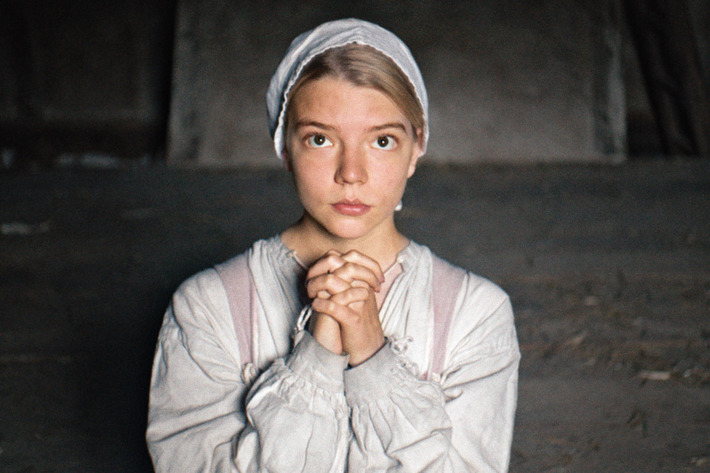
The Witch awed critics when it appeared at Sundance and confounded audiences who heard the buzz and thought they were in for something more traditional. Robert Eggers’ film is a detail- and mood-driven affair that submerges audiences (and their expectations), transporting them to a world that is strikingly lived-in (every detail from the belt buckles to the lexicon is period appropriate) and more menacing for it. But The Witch has a very powerful trick up its immaculately detailed and accurate sleeve: it’s entirely literal. When you hear the devil’s voice, there shouldn’t be any doubt.
The Witch is emblematic of the borders of the genre, and it might be the most successful (and effective) of the elevated, minimalist horror trend of the 2010s which encompassed It Comes at Night and the films of Oz Perkins. It’s not for everyone and not for every horror fan (this author, for one, prefers Eggers’ follow up The Lighthouse), but its craft and precision re-opened the genre to different voices and tones, and it remains a flush of terror by a unique, exciting voice emboldened by tradition and history.
7. The Babadook
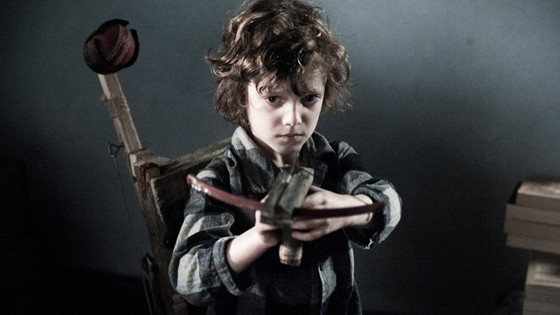
What a life The Babadook has had. It was so effective it burst out of the genre and got unapologetic acclaim, with extra points for its intense and lived-in portrayal of grief and mourning. Its titular bogeyman assumed iconic status as a horror creature and a symbol for the LGBTI+ community. It also has one of the most pronounced, vocal backlashes of any film, horror or not, of its decade.
The Babadook and its conflicting reactions remind us that taste in film is subjective but also that enough pre-screening hype can ruin any film. Jennifer Kent delivered a ruthlessly effective film that builds on strong performances and earned tension to deliver something surprising and mature.
Most films are more than happy to wring every ounce of pathos from its symbolism and real-world connotations (Guillermo del Toro, for one, never met a ghost that wasn’t also a metaphor), but here the grief and isolation became tools of menace and fear. Those that look beyond the buzz will find a move that truly embraces the darkness. Its characters are lost in a sea of isolation and anxiety, and the monster that feeds off of that (or does it?) becomes a grinning, taunting reminder of the way life can feel like horrible, suffocating quicksand.
6. The Voices
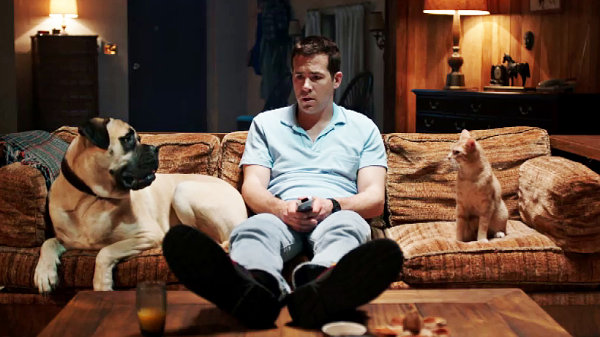
It’s a shame that audiences were so keen to watch Ryan Reynolds play an unhinged, smart-talking psycho killer in a superhero franchise but not in this bonkers pastiche of colors and tones directed by Marjane Satrapi. With her background in comics, Satrapi turns the camera into a rollercoaster ride in which we dip in and out of the main character’s psychosis. One minute there’s rainbows; in the next, the stink of rotting flesh wafts off the camera.
Critics didn’t seem to know how to handle the disparate tones and thematic shifts, leaving one of the decade’s boldest cinematic efforts leaping in the lurch. For those that don’t know, Reynolds plays Jerry, an upbeat but troubled man who pines for his co-worker and converses with his dog, Bosco, and Mr. Whiskers, his Scottish-brogued feline. A strong cast including Jacki Weaver and Anna Kendrick bring humor and sensitivity to the proceedings.
As far as horror comedies go, The Voices is both and neither, an idiosyncratic chunk of terror that takes you inside a killer’s head. Unlike more literal attempts (see the first-person slasher Maniac remake with Elijah Wood for reference), The Voices doesn’t just show, it feels. Also, it has the best musical moment of any film of the decade. Don’t forget to sing a happy song.
5. Raw
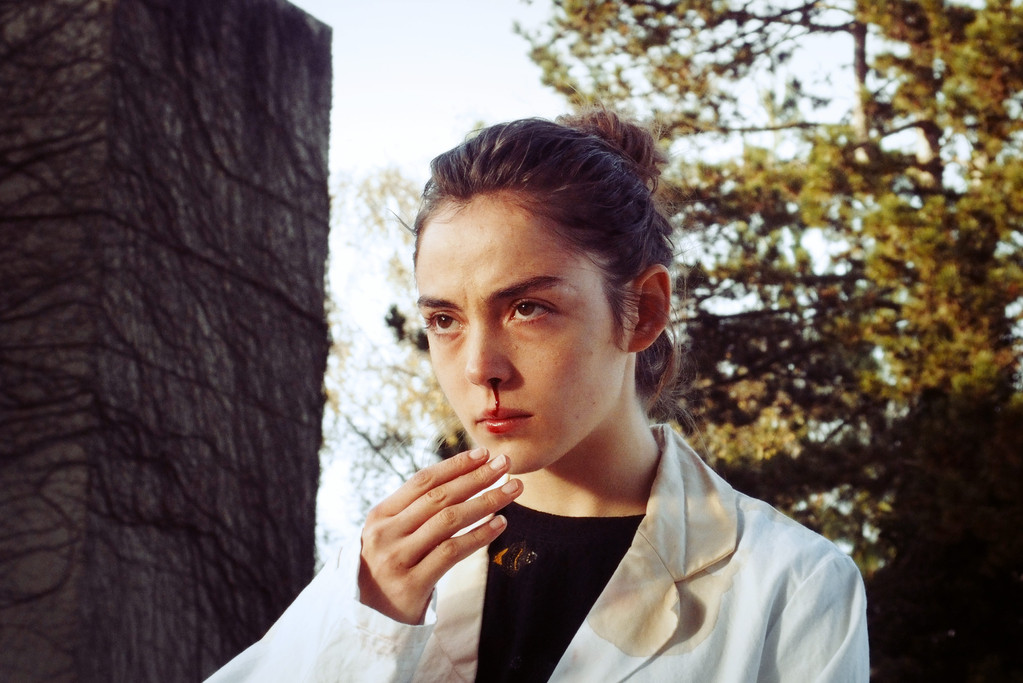
One of the most assured and wry of any horror debut in the 2010’s, Julia Ducournau’s Raw is a hoot. Critics to no end were eager to note the coming-of-age metaphor, but Ducournau seems more intent on blood and visceral backed by humor that belongs on the gallows. The story of a young vegetarian who gets a taste for the most taboo of all meat, Raw happily transcends labels on its journey to tell a story about maturity, family, and blood lust. It also carried the torch for one of horror’s greatest traditions in that it caused audience members to faint, becoming the stuff of legends before hitting the international market.
Ducournau made her theatrical debut with this feature, displaying an impressive control of craft and pacing after directing a short and a TV movie. Raw is perhaps the decade’s best exercise in body horror. It deftly explores the contours and marbling of flesh, alluding to humankind’s unchecked potential to give in to cravings and mad flourishes of desire at every turn. And like so many of the decade’s most acclaimed works, the end gave some disgruntled viewers pause, but it’s a wry wink to the inevitable realization that our sensations are not unique to ourselves.
4. The Wailing
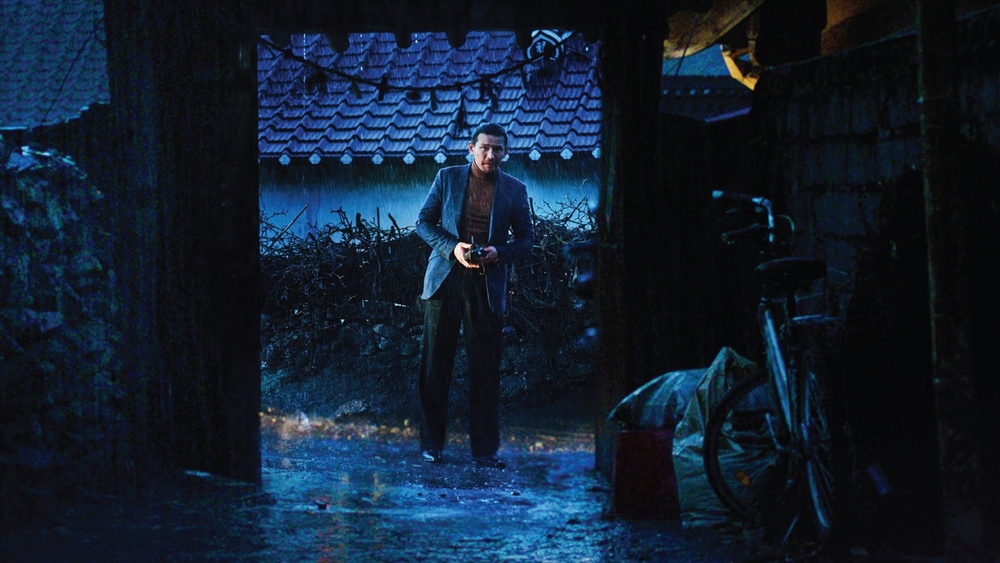
Korean horror had a moment in the 2010s, with films like I Saw the Devil and Train to Busan capturing international attention that a decade before seemed reserved almost exclusively for J-horror. Of the works that did translate, The Wailing is probably the longest, most obtuse, and inaccessible. It’s also among the best of the genre.
A mysterious affliction begins to affect the residents of a mountain village. A dim-witted police officer and a local deacon are tasked with getting to the bottom of it and the Japanese stranger everyone seems to distrust. There’s more, so much more, and it comes in volleys that are both foreseeable and entirely surprising. Writer/director Na Hong-jin creates a real sense of place and then proceeds to fill it with dread until it all boils over, but he still allows for moments that other films might gloss over. The lead character’s relationship with his daughter feels natural and does more than just set up future scares. An exorcism ritual cuts through the latter half, spraying color and noise and twisted motions onto the screen. Most films come at the audience. The Wailing casts a spell and encircles them.
3. It Follows
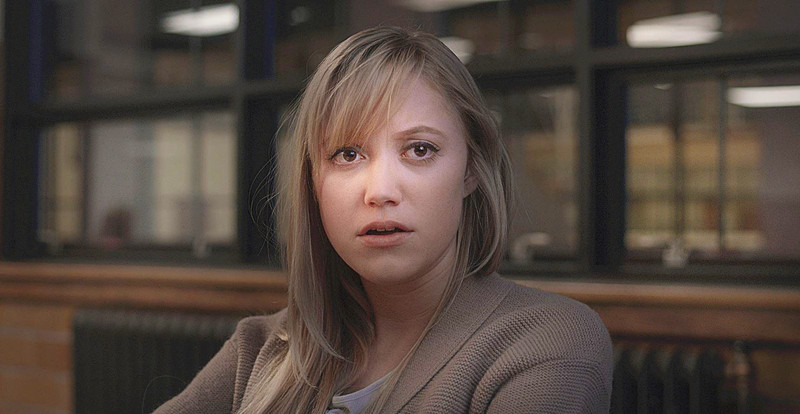
Like The Love Witch, another 2010s genre chameleon that seems to exist almost out of time, It Follows is a soft-spoken, fog-hued, wandering through its characters anxieties and the tropes of filmmaking. While the former dips its toe into the genre largely by homage, It Follows is all in. Perhaps the most exciting horror menace of the decade, what It is plays on the ambiguity afforded by the premise. Is it a metaphor for STIs? A demon? A psychological affliction? Director David Robert Mitchell keeps the cards close to his chest until they’re ready to pop.
It Follows managed to build impressive buzz, with Quentin Tarantino lauding it even as he took issue with parts of the ending. It Follows turned off some viewers with a meditative, sometimes esoteric pace, but Mitchell is no slouch when it comes to scares. The titular character leaps off the screen doing the titular action, and we’re never really sure where to look. This was Mitchell’s second film and only foray into horror (so far), and it largely succeeds by creating a film that’s distinctly horror but uses a cadence that is murkier and slower than the average beast. It lulls you in and out, alternating between dreamscape and nightmare.
2. Hereditary (and Midsommar)
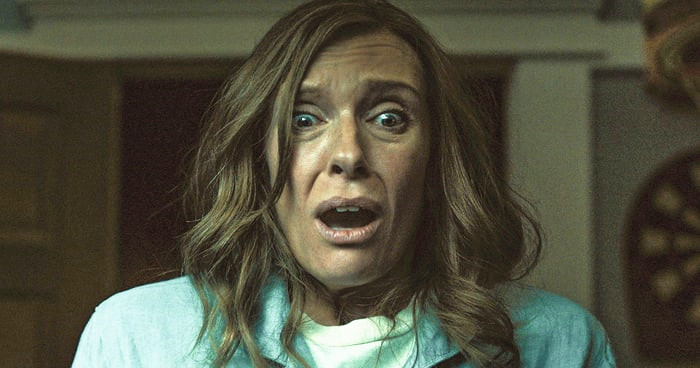
Hereditary has inspired violently intense disdain from dissatisfied viewers, possibly in part because so many people were utterly enrapt by it. Boiled down to its core, Hereditary doesn’t offer much that’s new or original, but its command of the screen and the high quality of every element from the performances to the sound mixing are enough to justify the heaps of praise. Like many horror films of the decade, it used grief as a trojan horse for visceral scares delivered in unnerving packages. You may not be scared by it, but the person next to you probably is.
Ari Aster delivered two of the strongest horror efforts of the decade, and while the slot officially goes to Hereditary, Midsommar deserves a mention. Pagan horror had some strong entries in the decade (looking at you The Ritual and Apostle), and yet Midsommar is so weird and offsetting and willing to go to places that, at the very least, look new and feel fresh. Aside from the grief-spunked beginning, the horror unfolds in the stark light of day, and while Aster starts his sophomore effort on the same themes as Hereditary, he manages to find new nooks of emotional ugliness to punctuate the proceedings.
1. Get Out
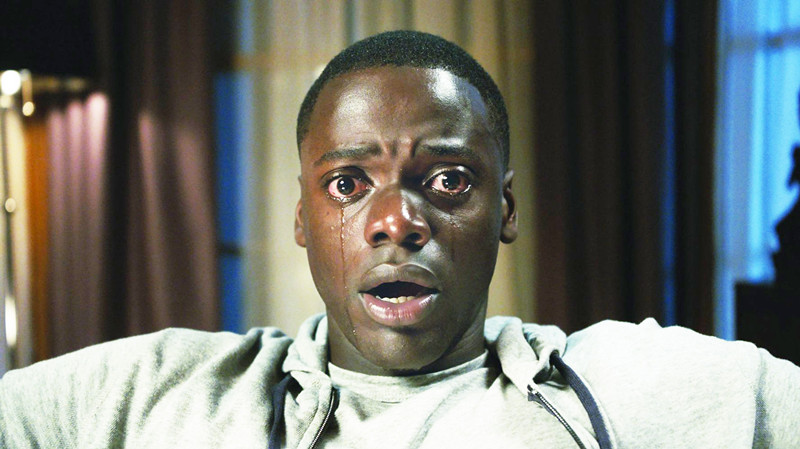
For the record, Us, Jordan Peele’s follow up, is an equally strong entry and deserves to share this spot with its more lauded older sibling. Both expertly use the tools of the genre to explore social issues while perfectly balancing tension and terror. But it’s safe to say that no horror film this decade so effectively captured the zeitgeist and reaffirmed horror as the genre that can most effectively balance its ambitions while functioning as both art and commerce. And while the social relevance of Get Out no doubt helped with its box office and awards take, Peele never lectures or tries to trade up. Get Out is content to be a horror film, and this is part of what makes it so much more.
Bolstered by pitch-perfect casting and a cheeky sense of humor, Get Out is tightly written and executed with a level of craft that many could foresee in the Halloween episodes of Key & Peele but few would have predicted when the film was first announced. Of Peele’s two efforts, Get Out has the stronger screenplay, while Us is more tightly directed, but while both films are deserving of high praise, the decade offered few scares as novel and expertly constructed as our first trip to the Sunken Place. Once we realize what’s at stake, it’s clear that Peele has visualized one of the most insidious fears of our time and created an offering for the ages.